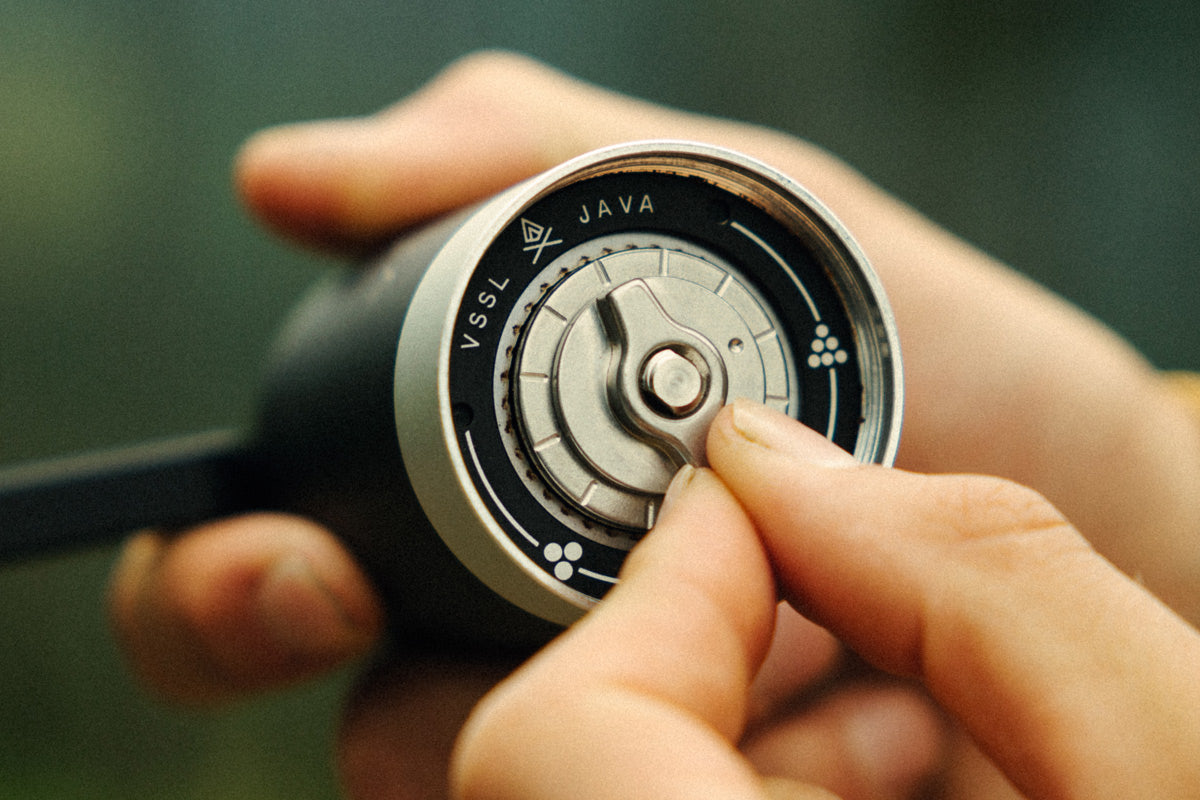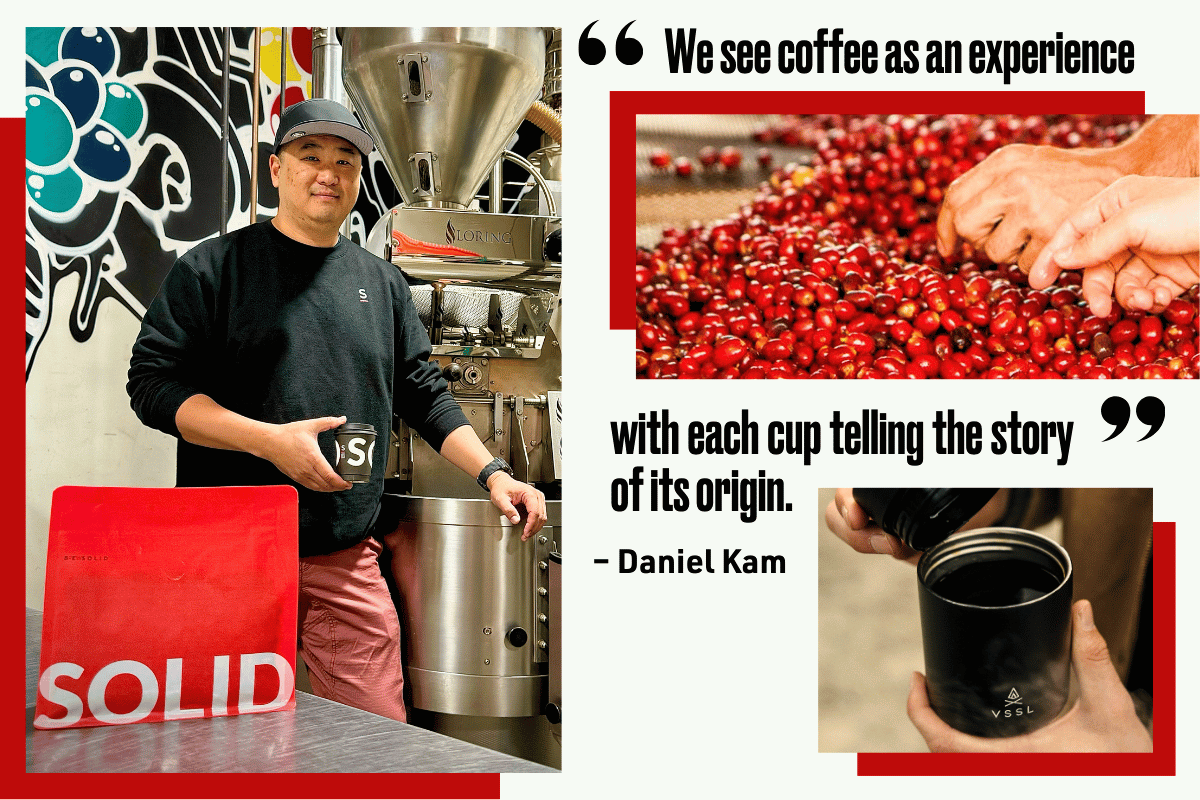"The stillness of these mountains is unlike anything I’ve ever experienced"
20 miles from civilization, the Wind River Range offers the perfect place to disconnect and find peace in nature. After hiking over a small pass, I arrived at a serene lake nestled beneath jagged, glacier-capped peaks. As the sun set through clouds, golden light bathed the basin—my home for the next two nights.
The next morning, I woke to clear skies and the warm alpenglow. My first stop was to the bear canister for coffee. As the water boils, the earthy aroma fills the air, grounding me in the moment. Sipping my coffee by the lake, watching the first light reflect off the still water, I’m reminded that these are the moments of pure peace I come here for.
Embracing The Ritual
My mornings always start with a slow rise and a pour over. It’s a meditative ritual that prepares me for the day ahead. Until recently, enjoying this in the backcountry wasn’t an option unless I packed excessive gear. Instant coffee was the go-to, or occasionally an AeroPress if I had extra space. But now, the Nest kit makes bringing pour over coffee and fresh ground coffee on my adventures easy.
Starting my day with a fresh brew is invaluable, especially with long hikes ahead. When I travel with friends, gathering around a morning fire for a hot drink—coffee, chai, or tea offers a moment of enjoyment and calm. These quiet moments of shared stillness and the act of brewing coffee build a sense of camaraderie and connection.
The Art of A Pour Over
Pour over coffee is easy with practice and tastes much better than instant coffee. Using the Nest Pour Over Kit and Java G25 Grinder, it takes about four minutes to craft a quality cup. The Java G25 Grinder holds between 20-30 grams of coffee depending on the roast (light, medium, dark), and is ideal for brewing with 500 ml of water (two 8oz cups). Traveling with a scale is optimal, but being out in the backcountry it's not necessary to craft a great cup. The stainless steel mesh filter provides a clean, excellent taste profile for your brew, but #2 paper filters can be used as well.
My Ideal Backcountry Recipe
This recipe makes one 8oz cup:
- 15 grams of coffee, ground at 16 clicks from default on the G25.
- 250 ml of water, 10 seconds off boil.
- Pour for bloom until the brewer is halfway full, stir, and let it bloom for 30 seconds.
- Pour water in pulses, allowing it to drain slightly before continuing, to enhance clarity and brightness.
For those of you curious about my backcountry recipe, it’s much more imprecise than when making a pour over in the roastery, but still provided a great cup that I was quite happy with. I used the aforementioned ~30 grams of coffee, ground at 16 clicks on the G25’s adjustment system, and 500 ml of water. Be warned, this recipe makes something more like 2 small cups of coffee for you and your camping partner, so it will overflow if you brew it into just one cup (speaking from experience…). I poured the water for a bloom until the brewer was about halfway full, gave the coffee a stir, then let that bloom for 30 seconds. After that, it was a simple matter of pouring in pulses until the brewer was full, letting it drain to about ½ inch above the level of the grounds, and repeating that until I had poured my 500 ml of water. Pouring your water in pulses like this enhances clarity and will give you a brighter and juicier cup if you’re using a lighter-roasted coffee.
This was the second time I had brought the Nest pour over kit and G25 along with me on a backcountry adventure. The first time I tried out the setup was on a canoeing trip in the Canadian Rockies, and I absolutely loved it. Pack space and weight are much less of a concern when packing up a canoe though, so I was curious to see how the kit would fare on a more space-restricted, high-mileage backpacking trip. Given that the G25 fits nicely inside of a standard Aeropress, I had resolved that if it was too much space and weight this time, I’d just bring along an Aeropress on the next trip and still grind my coffee fresh. While it wouldn’t be a pour over, a freshly ground brew is still well above the quality level of most instant coffee.
I’m excited to report that I didn’t find the Nest to be a burden at all! This isn’t ultralight equipment—it’s made to take a beating and the weight reflects that. But in a 40L pack carrying all my own gear for 2 nights, including fly fishing and camera gear, I didn’t feel burdened by the weight or size of the kit at all. The grinder and your whole bean coffee can fit into the chambers on either side of the Nest, keeping the packed size down to a minimum. Especially considering that I don’t need to bring any other equipment with me, I will absolutely be taking the Nest along for my next backcountry coffee.
For those peaceful mornings making a coffee as the sun comes up over the horizon, I can’t think of a reason not to bring Nest along with me. It provides a sense of comfort and familiarity in the backcountry, where comfort and familiarity are famously difficult to find. The coffee itself is great, but the brewing process and the connection a shared cup of coffee provides is where a pour over in the backcountry really becomes something more captivating.
- Nick Stirbis









Leave a comment
This site is protected by hCaptcha and the hCaptcha Privacy Policy and Terms of Service apply.